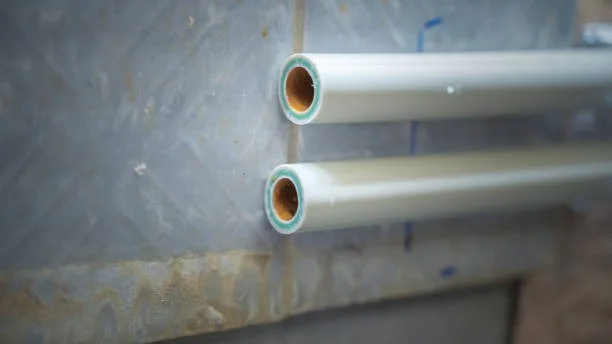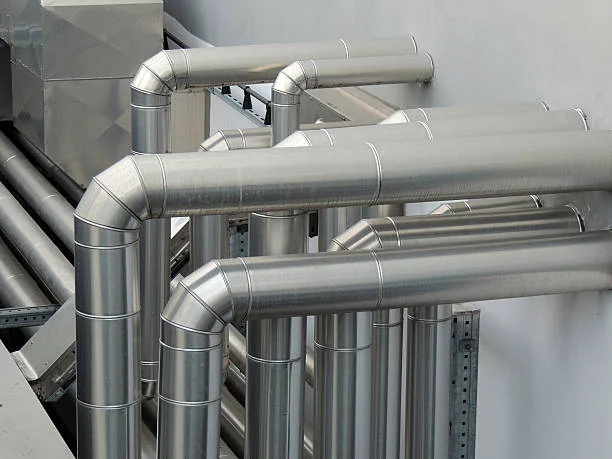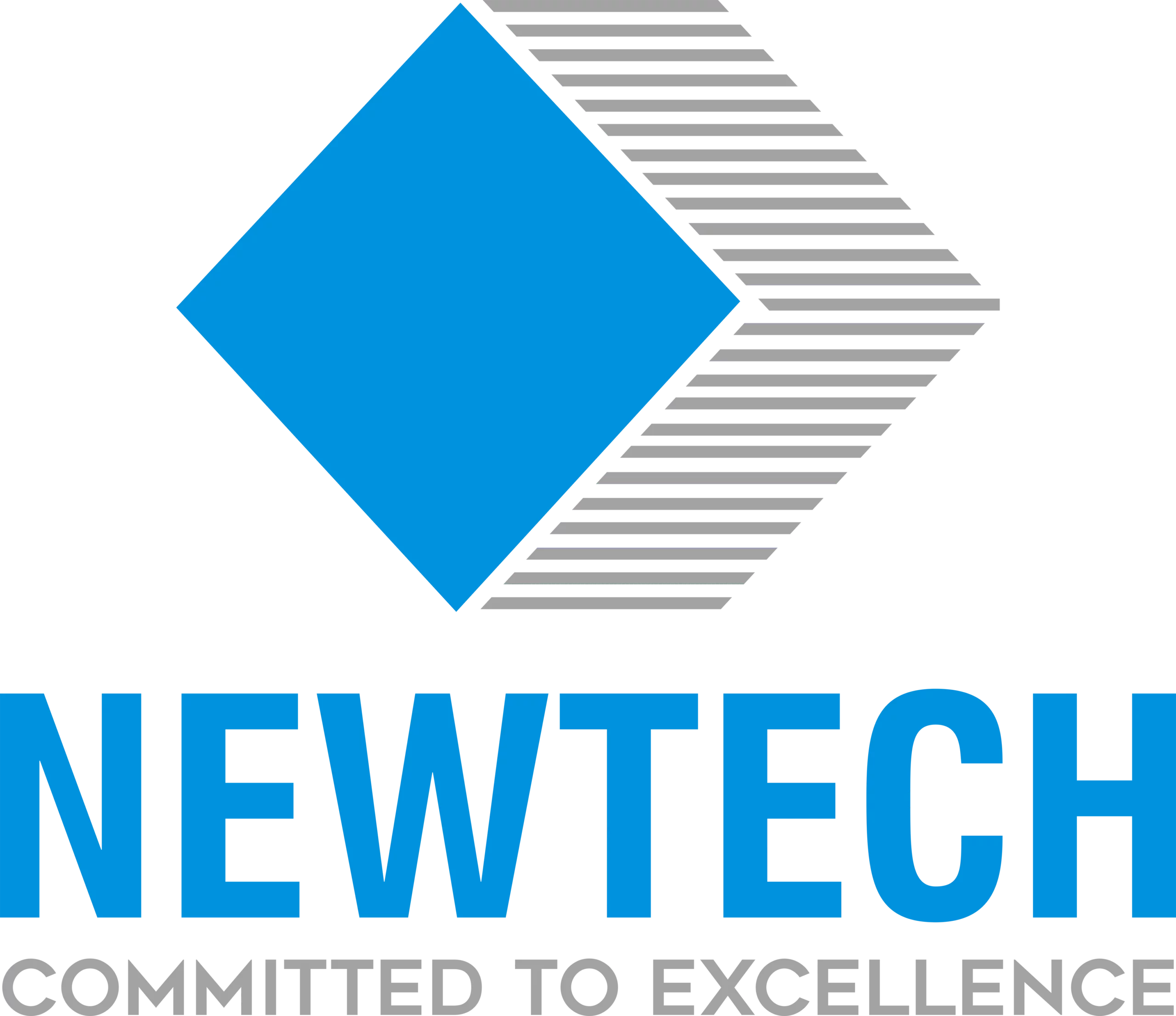The sustainability of CPVC pipes, highlighting their environmental benefits such as energy efficiency, recyclability, and reduced water wastage compared to traditional plumbing materials. As a beacon of eco-conscious innovation, CPVC offers homeowners and builders a reliable, long-lasting, and environmentally friendly solution, shaping a greener future for all.
Eco-Friendly Plumbing Solutions: The Sustainability of CPVC Pipes
Plumbing is an essential aspect of our homes, ensuring the supply of clean water and efficient drainage. However, the environmental impact of traditional Eco-friendly plumbing materials, such as metal pipes, has prompted a shift toward more sustainable solutions. One of the leading contenders in this eco-friendly plumbing revolution is CPVC (Chlorinated Polyvinyl Chloride). In this article, we will explore the sustainability of CPVC pipes and how they are contributing to more environmentally responsible plumbing practices.
Understanding CPVC Pipes
What is CPVC?
CPVC, or Chlorinated Polyvinyl Chloride, is a thermoplastic pipe material that has gained popularity in plumbing systems. It is a close relative of PVC but with added chlorine, making it more suitable for hot water applications. HDPE pipes are lightweight, durable, and resistant to corrosion.
Why CPVC is Gaining Popularity CPVC pipes have become increasingly popular due to their sustainability and numerous benefits for both homeowners and the environment. Unlike traditional metal pipes, CPVC does not corrode, which leads to fewer leaks and water wastage.
The Environmental Impact of Traditional Plumbing Materials
Drawbacks of Traditional Materials Historically, copper and galvanized steel pipes were commonly used in Eco-friendly plumbing. While they are durable, they have drawbacks that impact the environment, such as the energy-intensive production process and the finite availability of copper resources.
The Need for Sustainable Alternatives With a growing awareness of the need for sustainability, there is a demand for alternatives that reduce the environmental impact of plumbing. CPVC is emerging as one of the top choices for eco-conscious homeowners and builders.
Advantages of CPVC Pipes for Eco-Friendly Plumbing
CPVC’s Low Environmental Impact One of the primary advantages of CPVC is its low environmental impact. CPVC is lightweight and requires less energy to manufacture compared to metal pipes, contributing to lower greenhouse gas emissions.
The Long Lifespan and Reduced Need for Replacements CPVC pipes have a long lifespan, reducing the frequency of replacements. This extended use reduces the waste associated with disposing of old pipes and materials, making CPVC an eco-friendly choice.

CPVC vs. Other Plumbing Materials: A Sustainability Comparison
How CPVC Measures Up Comparing CPVC to alternatives like PVC, copper, and PEX (cross-linked polyethylene), CPVC stands out in terms of energy and resource savings. Its production process is less energy-intensive, and its raw materials are more readily available.
Energy and Resource Savings with CPVC By choosing CPVC, homeowners and builders can reduce their environmental footprint. CPVC’s energy efficiency and sustainable sourcing make it a responsible choice for plumbing systems.
Water Efficiency with CPVC Plumbing Systems
How CPVC Contributes to Water Conservation CPVC pipes are compatible with water-saving fixtures, allowing homeowners to conserve water without compromising their plumbing system’s integrity. This water efficiency benefits both homeowners and the environment.
Benefits for Homeowners and the Environment Homeowners can expect lower water bills while contributing to water conservation efforts. The reduction in water usage also helps preserve this precious resource for future generations.
Recyclability and CPVC Pipes
Discussing CPVC’s Recyclability CPVC is recyclable, which adds to its sustainability credentials. Recycling CPVC materials can reduce waste and promote a circular economy.
The Potential for Future Reuse of CPVC Materials As recycling methods for CPVC materials advance, there is a growing potential for reusing CPVC in various applications, further reducing its environmental impact.
Energy Efficiency and CPVC
CPVC’s Thermal Properties CPVC pipes have excellent thermal properties. They reduce heat loss, making them more energy-efficient than some other plumbing materials. This translates into lower utility bills and a smaller carbon footprint.
Lower Utility Bills and Reduced Carbon Footprint Homeowners can enjoy reduced heating costs while making a positive contribution to lowering greenhouse gas emissions through the use of CPVC pipes.
Installation and Maintenance Benefits
CPVC’s Ease of Installation The ease of installation is another sustainability factor. CPVC’s straightforward installation process reduces labor costs and the amount of energy used during installation.
Low Maintenance Requirements Once installed, CPVC pipes have low maintenance requirements, which further reduces the environmental impact over the long term.
CPVC’s Resistance to Corrosion
The Longevity and Durability of CPVC Pipes CPVC pipes are highly resistant to corrosion, ensuring a long lifespan. This durability means fewer replacements and less material waste.
Less Need for Replacement and Environmental Benefits Fewer replacements translate to less environmental waste and reduced demand for new materials, making CPVC a sustainable choice.
Case Studies: Real-World Examples of CPVC Sustainability
Highlighting Successful Applications Real-world applications of CPVC in sustainable building projects showcase its effectiveness in reducing environmental impact. These case studies provide practical evidence of CPVC’s sustainability.
How CPVC Contributed to Energy and Water Efficiency Examine how CPVC played a significant role in reducing energy and water consumption in specific building projects, contributing to sustainability goals.
Discussing the sustainability of plumbing materials, CPVC pipes shine as a prime example of eco-conscious innovation, offering durability, energy efficiency, and recyclability. As we conclude our exploration, PVC stands as a beacon of sustainability, providing homeowners and builders with a reliable and environmentally friendly solution for plumbing needs, ensuring a greener future for all.
CPVC pipes offer a reliable and environmentally friendly solution for plumbing needs, ensuring durability, energy efficiency, and recyclability. Embracing CPVC represents a significant step towards sustainable plumbing practices, contributing to a greener and more eco-conscious future for homeowners and builders alike.
Conclusion: Embracing Sustainable Plumbing Practices
The sustainability of CPVC pipes in plumbing systems cannot be overstated. By reducing energy consumption, conserving water, and promoting responsible material use, CPVC is a key player in the green building movement. As eco-conscious homeowners, builders, and communities continue to prioritize sustainability, CPVC pipes offer a reliable and eco-friendly solution for Eco-friendly plumbing needs.

In conclusion, the adoption of CPVC pipes represents a significant step towards sustainable plumbing practices, offering homeowners and builders a reliable and environmentally friendly solution. By reducing energy consumption, conserving water, and promoting responsible material use, CPVC contributes to the broader goal of creating greener and more eco-conscious communities. As we continue to prioritize sustainability in our building projects and daily lives, CPVC emerges as a key player in the quest for a more sustainable future. With its long lifespan, recyclability, and energy efficiency, CPVC stands as a testament to the potential of innovative materials in shaping a more environmentally responsible world.
FAQs:
Common Questions About CPVC and Sustainability
Is CPVC a safe and reliable plumbing material?
Yes, CPVC is considered a safe and reliable plumbing material when used correctly. It meets stringent industry standards for safety and durability.
Is CPVC more expensive than traditional plumbing materials?
While CPVC may have a higher upfront cost, its long lifespan and reduced maintenance requirements often make it a cost-effective choice in the long run.
Is CPVC recyclable?
Yes, CPVC is recyclable, which adds to its sustainability. Recycling methods for CPVC materials are advancing, offering potential for reuse.
Can CPVC pipes handle hot water?
Yes, CPVC is suitable for both hot and cold water applications, making it a versatile choice for Eco-friendly plumbing systems.
Is CPVC installation more complex than traditional plumbing materials?
CPVC installation is generally straightforward and can be less labor-intensive than traditional materials like copper.
Case for Eco-Friendly Plumbing: Why Every Homeowner Should Consider CPVC
With the environmental benefits and sustainability of CPVC pipes, every homeowner should consider this eco-friendly plumbing solution. By choosing CPVC, you can reduce your carbon footprint, save resources, and contribute to a greener and more sustainable future.
Additional Resources: Further Reading on Sustainable Plumbing Solutions
To delve deeper into sustainable plumbing practices and materials, consider exploring the following resources:
- Sustainable Plumbing: A Guide to Green Building Practices
- The Environmental Impact of Plumbing Materials: A Comprehensive Study
- Eco-Friendly Home Improvement: Making Sustainable Choices
Final Thoughts: The Future of Eco-Friendly Plumbing with CPVC Pipes
In a world where sustainability is a top priority, CPVC pipes have emerged as a leading solution for Eco-friendly plumbing. By incorporating CPVC into your plumbing systems, you can be a part of the green building movement, promoting responsible material use and environmentally conscious practices. With CPVC, you can enjoy the benefits of efficient

